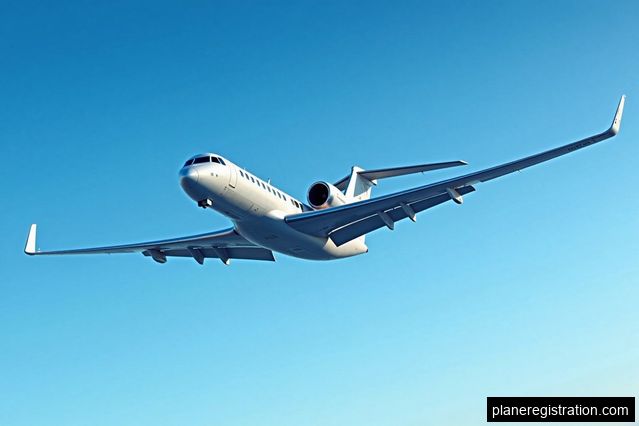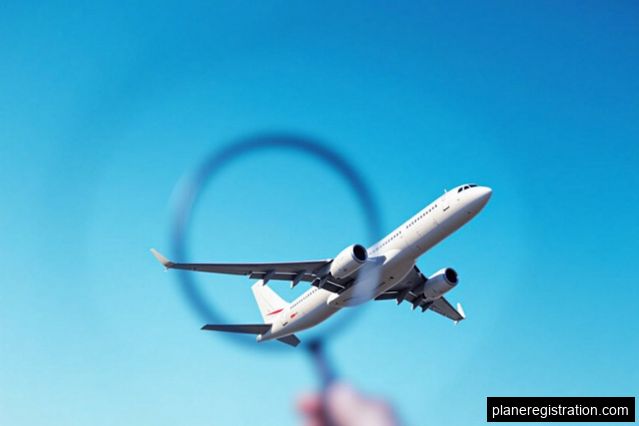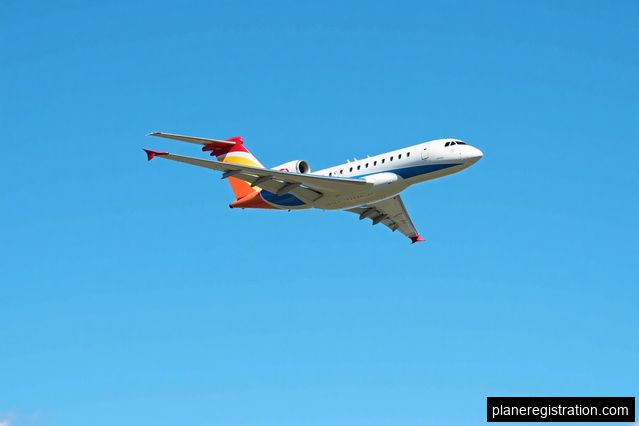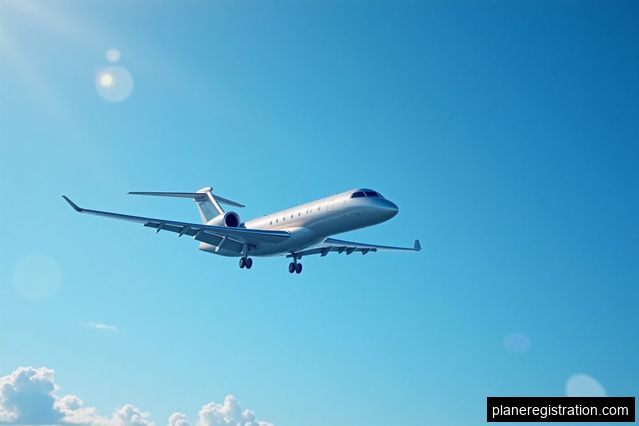Regulatory Framework and Standards
The aviation industry operates within a stringent regulatory framework to ensure safety and compliance. International organizations like the International Civil Aviation Organization (ICAO) and national regulatory bodies set standards and guidelines that govern all aspects of aviation operations. These regulations cover areas such as aircraft design, maintenance, pilot training, air traffic control, and airport infrastructure.
Continuous Monitoring and Auditing
To ensure compliance with regulations, aviation authorities conduct regular audits and inspections of airlines, airports, and other industry stakeholders. These audits assess safety management systems, operational procedures, and adherence to regulatory requirements. By monitoring compliance on an ongoing basis, authorities can identify potential risks and non-compliance issues, allowing for timely corrective actions.
Safety Management Systems
Aviation organizations employ Safety Management Systems (SMS) to proactively manage safety risks. An SMS provides a structured approach to identify, assess, and mitigate potential hazards. It involves the implementation of safety policies, risk analysis, incident reporting, and safety promotion activities. By adopting an SMS, organizations can systematically improve safety performance, enhance risk awareness, and foster a safety culture across the industry.
Data-driven Decision Making
Aviation safety relies on data collection and analysis to identify trends, patterns, and potential risks. By utilizing advanced data analysis techniques, aviation authorities can detect emerging safety issues and proactively implement preventive measures. Data-driven decision making allows for targeted interventions, resource allocation, and the identification of areas requiring improvement.
Training and Competency Development
Ensuring the competence and proficiency of aviation personnel is essential for maintaining safety and compliance. Airlines and aviation training organizations invest significantly in training programs that cover technical skills, emergency procedures, and regulatory knowledge. Competency assessments and recurrent training are conducted to ensure personnel remain up-to-date with the latest industry developments and regulatory requirements.
Collaboration and Information Sharing
The aviation industry promotes collaboration and information sharing among stakeholders to enhance safety and compliance. Airlines, regulatory bodies, manufacturers, and industry associations cooperate to exchange best practices, lessons learned, and safety-related information. This collective effort facilitates the identification of potential risks, the development of common standards, and the implementation of industry-wide safety initiatives.
Technological Advancements
Advancements in technology play a significant role in enhancing safety and compliance in the aviation industry. Aircraft manufacturers incorporate innovative features and systems to improve aircraft performance, reduce human error, and enhance situational awareness. Additionally, digital solutions such as real-time monitoring, predictive analytics, and automation contribute to proactive risk management and the early detection of safety-related issues.
Safety Culture and Reporting Culture
A strong safety culture is vital for promoting safety and compliance in the aviation industry. Organizations foster a culture where employees are encouraged to report safety concerns without fear of reprisal. Reporting culture enables the identification of hazards and potential risks, allowing for timely corrective actions. It also facilitates the implementation of safety improvements based on lessons learned from incidents and near-miss events.








